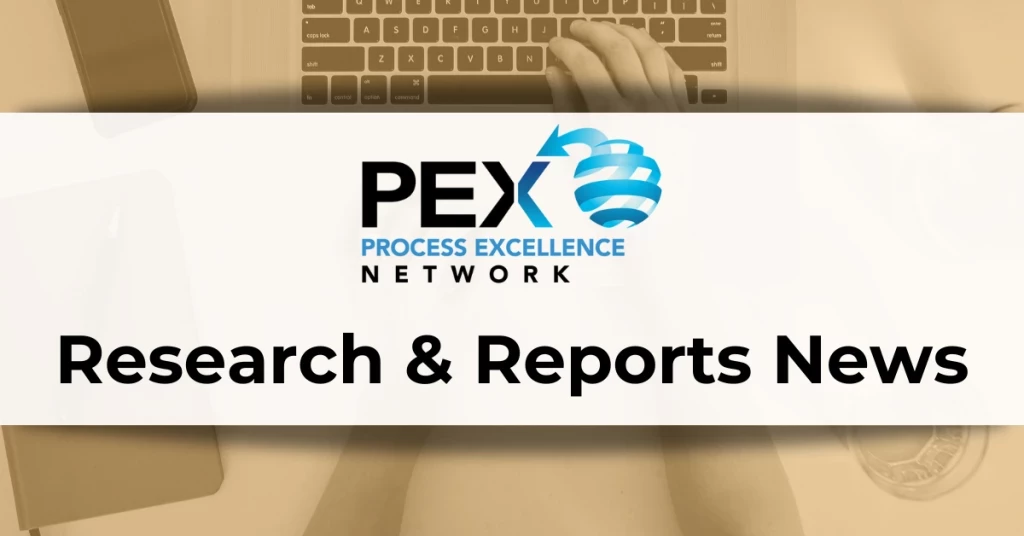The four elements of successful corporate strategy
How company executives achieve their objectives by focusing on analysis, proactiveness, defensiveness and futurity
Add bookmarkListen to this content
Audio conversion provided by OpenAI

Executives view organizational strategy as a sum of objectives, plans and procedures designed to efficiently and effectively upgrade organizational capabilities and interact with their environment more effectively.
In particular, strategy defines a pattern to deploy organizational capabilities and interact with both the internal and the external environment. It primarily aims to develop goals and plans well into the future and restructure unclear and vague situations into a set of organizationally resolvable problems.
There are different typologies of strategies yielding different results for companies. In our experience working with more than 30 Fortune 100 companies, executives consider the four dimensions of corporate strategy: analysis, proactiveness, defensiveness and futurity.
Analysis
Analysis is defined as the tendency to search for problems and their root causes. It generates better alternatives than other types of strategies to solve them as it can create more knowledge and find the best solution using a problematic search of various options. This strategy element provides new and more innovative solutions for organizational problems as they arise.
Related article: Prevent recurring defects with root cause analysis
It stimulates companies to apply information systems in their decision-making processes in order to investigate various alternatives and options. It can also develop opportunities for employee development through assessing current situations in detail.
Executives can particularly contribute to the development of this strategy by ensuring the workplace has the following elements:
- Emphasis on the effective coordination among different functional areas.
- Extensive use of information systems to support decision-making.
- Comprehensive analysis undertaken when confronted with an important decision.
- Use of planning techniques.
- Effective deployment of management information and control systems.
- Use of manpower planning and performance appraisal of senior managers.
Proactiveness
Proactiveness is used by executives who search for better positions in the business environment proactively. As executives find new opportunities and respond to current challenges in external environments, they can enhance their span of control.
Executives can help cultivate a proactiveness strategy by ensuring the workplace has the following elements:
- Constant search for new opportunities.
- Attempt to introduce new brands or products in the market.
- Constant search for businesses that can be acquired.
- More effective expansion of capacities when compared to our competitors.
- Strategic elimination of those operations that are no longer profitable in later stages of lifecycles.
Defensiveness
Defensiveness recommends undertaking behaviors that enhance efficiency and cut costs while maintaining continuous budget analysis and break-even points. A defensive strategy is taken when executives change their ways to efficiently and effectively use organizational resources, decrease costs and control operational risk.
A defensiveness strategic approach, in fact, enhances organizational learning through reusing commercial knowledge.
Related article: Building the three pillars of corporate culture
Executives can help foster a defensiveness strategy by ensuring the workplace has the following elements:
- Regular modifications to the manufacturing or service technology.
- Use cost control systems for monitoring performance.
- Use of current management techniques to ensure that the organization moves smoothly at the required level.
- Emphasis on product/service quality through the use of work improvement teams.
Futurity
Futurity is reflected in the degree to which the strategic decision-making process takes a two-way approach: an emphasis on both long-term effectiveness and short-term efficiency concurrently.
Related PEX Network report: Leveraging intelligent automation to link strategy with process improvement
Executives use a futurity approach to expand the growth opportunities available to their company to close the gap between success and failure. They can implement basic studies to identify and actively respond to the changes occurring in the external environment.
Executives can help foster a futurity approach by ensuring the workplace has the following elements:
- Specific criteria used for resource allocation which generally reflect short-term considerations.
- Emphasis on basic research to provide the organization with a competitive edge for the future.
- Key indicators of operations forecasted.
- Formal tracking of significant and general trends.
- Regular analyses of critical issues.
This article summarizes our experience as management consultants and is about getting the information needed to be successful in the right hands of executives worldwide. The key for executives is to channel organizational processes into corporate strategy and employ a supportive strategy that executives can continue to prosper.
Success is therefore dependent on how executives formulate and execute corporate strategy. After reading this article they can now see how they can cultivate an effective corporate strategy, which can enable superior performance to achieve business objectives and satisfy careers.
Do you implement these approaches in your company? Let us know in the comments below.























